Children selling pomegranate syrup in Dong Xuan market and carrying goods on Hang Than street nearly 100 years ago were captured by French photographers.

The work of a sugarcane seller in front of the temple gate before 1915 is among more than 30 black and white photos of the streets and trading scenes of old Hanoi introduced at the Center for Culture and Arts 22 Hang Buom from April 21 to June 3. The event is part of the Photo Hanoi'23 International Photography Biennale organized by the French Institute in Vietnam, taking the audience back in time to Hanoi in the early 20th century.

A stall selling steamed food in 1930. The works at the exhibition were taken by French photographers when they came to Vietnam between 1915 and 1955.

A lemonade stand on the sidewalk in 1930.

Fruit and sugarcane vendors in the Old Quarter before 1930. According to Baron, a British visitor to Hanoi in the 17th century, "Thang Long had many markets but there were still street vendors. They sold items made by themselves."

Women selling food on shoulder poles on the sidewalk before 1932.

A scene of selling flowers on the sidewalk near Dong Xuan market in 1951. The market was built in 1890 to gather Bach Ma and Cau Dong markets, becoming one of the largest markets at that time. The poem "Xam Cho Dong Xuan" wrote: "Hanoi is like a fairy cave/ At six o'clock all the lights near and far are turned off/ The most fun is Dong Xuan market/ Each season has its own food, near and far, people watch and buy".

Hang Than Street in 1951 was bustling with horse-drawn carriages, cyclos and women carrying shoulder poles. During the French colonial period, this place was called Rue du Charbon, with ancient houses and many temples.

Street vendors rest near Dong Xuan market in 1951. According to Olivier Tessier (French School of the Far East), a scholar who has spent many years researching Vietnamese culture, street vendors in the past mainly came from villages near Hanoi.

Children selling pomegranate syrup near Dong Xuan market in 1951. Paul Bourde - a correspondent for the Times in Tonkin in 1883 - described: "Hanoi has no covered market, nor a designated place for the market. The whole city turns into a vast open-air market. Every six days there is a market. Traders and craftsmen of all kinds from the surrounding villages come. The streets are filled with people".

A stall selling jams during Tet At Mui 1955. This was the first Tet after the French colonialists were completely expelled from Vietnam.

Fish stalls at the market in 1955. People kept fish in baskets, trays, and woven bamboo trays and used strings or leaves to hold the fish.

Street vendors on Hoan Kiem Lake. Isobelle (62 years old, from France) said she was delighted to see images of old Hanoi. "After decades, everything has changed so much. Back then, everything looked simple but peaceful. One thing that has not changed is the street vendors. I used to buy fruits and green rice flakes from them, it was really interesting," Isobelle said.
Understanding the Image: Photo Hanoi'23
Vnexpress.net


![[Photo] T&T 1 and Ho Chi Minh City 1 People's Police Teams won the men's and women's team championships](https://vphoto.vietnam.vn/thumb/1200x675/vietnam/resource/IMAGE/2025/5/22/39db06ae67cb4001b7a556e8d9a56d07)
![[Photo] General Secretary To Lam chairs a working session with the Central Internal Affairs Commission](https://vphoto.vietnam.vn/thumb/1200x675/vietnam/resource/IMAGE/2025/5/22/3b7790f499da45b2803d8ae253207ef1)

![[Photo] Press delegation meeting to visit Truong Sa and DK1 Platform](https://vphoto.vietnam.vn/thumb/1200x675/vietnam/resource/IMAGE/2025/5/22/6b8d232877ec421a9e8187d83b9f8006)
![[Photo] Prime Minister Pham Minh Chinh chairs meeting on draft Resolution of National Assembly on International Financial Center in Vietnam](https://vphoto.vietnam.vn/thumb/1200x675/vietnam/resource/IMAGE/2025/5/22/d398664ff1a140629169ea5a24e1b4d0)





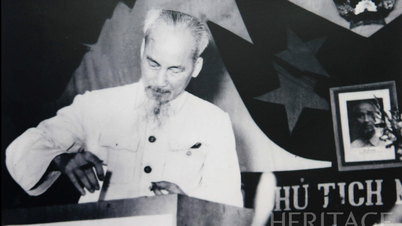
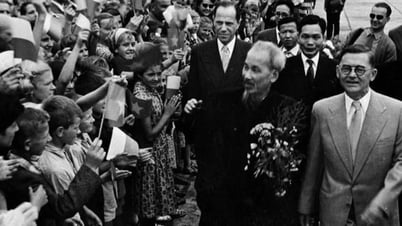

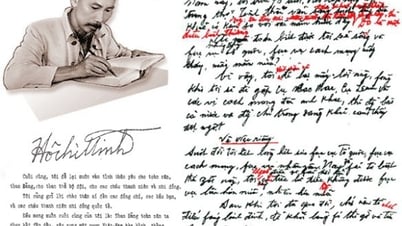
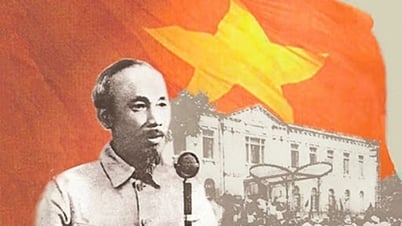















































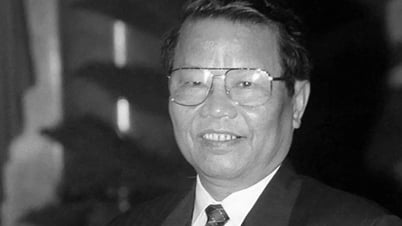




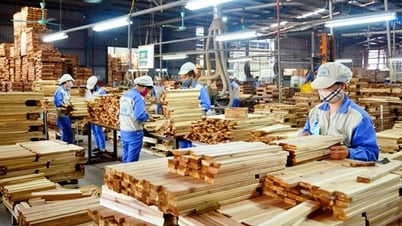


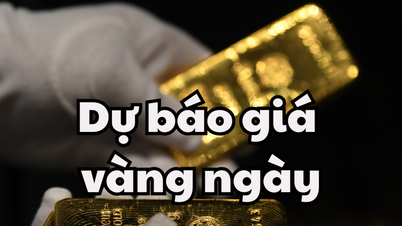



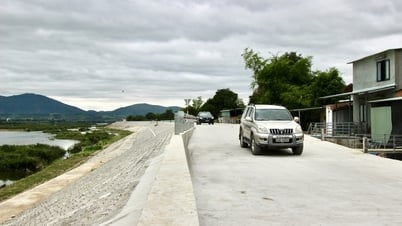







![[Podcast] Week introducing more than 500 OCOP products in Hanoi](https://vphoto.vietnam.vn/thumb/402x226/vietnam/resource/IMAGE/2025/5/22/d144aac2416744718388dbae3260e7fd)





Comment (0)